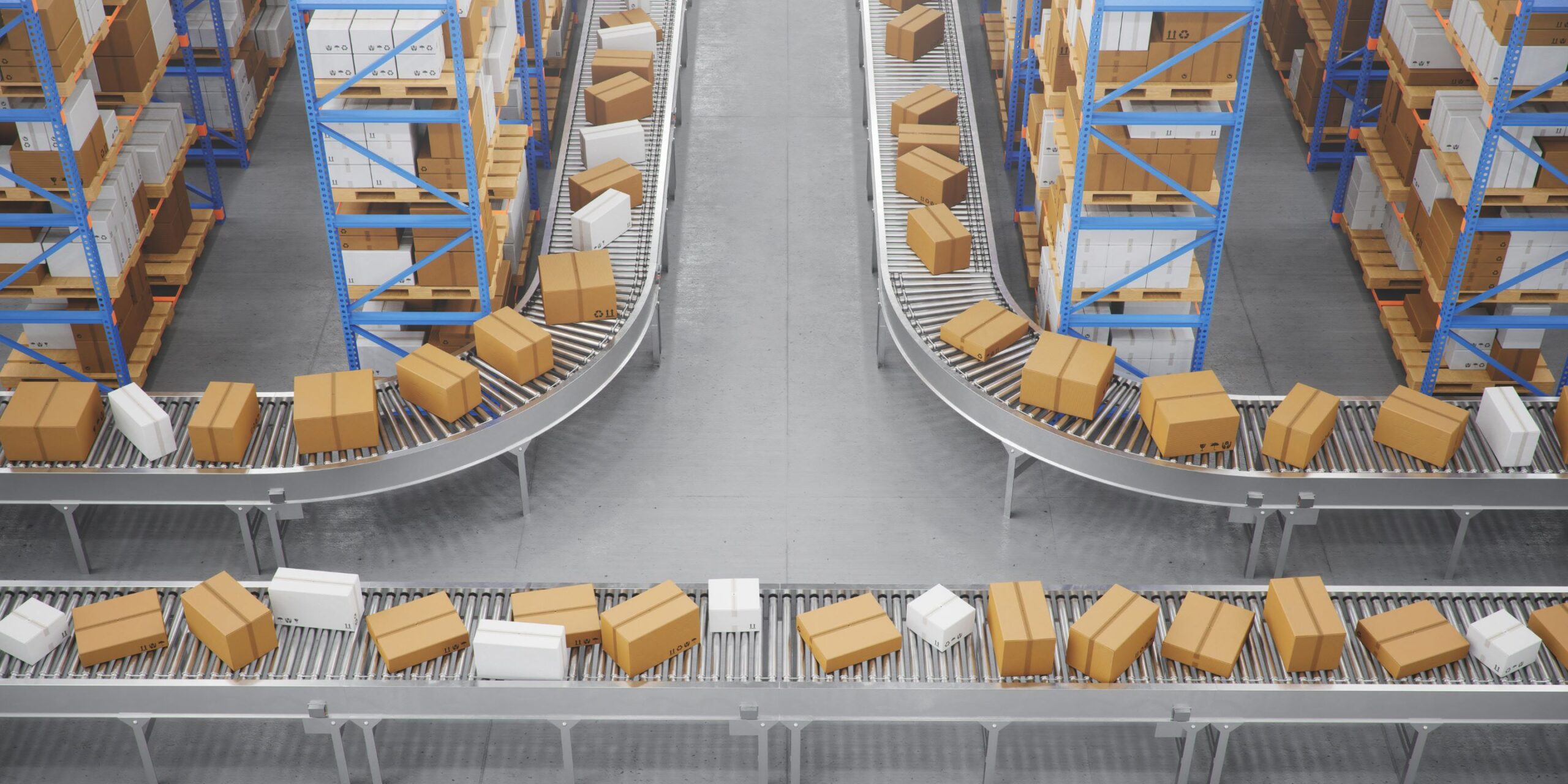Material handling is an essential part of modern manufacturing and logistics operations. It refers to the movement, storage, protection, and control of materials and products throughout the supply chain. The field of material handling is constantly evolving with new technologies and innovations being introduced all the time. In this post, we will explore some of the latest news in material handling and the sources behind them.
- Autonomous mobile robots (AMRs) are gaining popularity in material handling. These are self-driving vehicles that can move products around warehouses and distribution centers without human intervention. According to a recent report by MarketsandMarkets, the global market for AMRs is expected to grow from $2.0 billion in 2020 to $7.6 billion by 2025, at a compound annual growth rate (CAGR) of 30.5%. This growth is being driven by the increasing demand for automation and the need for faster and more efficient material handling solutions. (source: MarketsandMarkets)
- Robotics and artificial intelligence (AI) are also being used to improve material handling in warehouses and distribution centers. Companies such as Fetch Robotics and Locus Robotics are developing robots that can work alongside humans to improve efficiency and productivity. These robots use AI and machine learning algorithms to navigate around obstacles and optimize their paths. According to a report by Mordor Intelligence, the global market for robotics in material handling is expected to grow from $3.0 billion in 2020 to $6.5 billion by 2025, at a CAGR of 16.2%. (source: Mordor Intelligence)
- The use of drones in material handling is also on the rise. Drones can be used for inventory management, inspection, and delivery of products. Amazon has been at the forefront of this trend, with its Prime Air drone delivery service. According to a report by Drone Industry Insights, the global market for drones in material handling is expected to grow from $4.4 billion in 2020 to $9.3 billion by 2025, at a CAGR of 16.2%. (source: Drone Industry Insights)
- Augmented reality (AR) is another technology that is being used to improve material handling. AR can be used to provide workers with real-time information and guidance on how to perform tasks, such as picking and packing products. This can help to improve accuracy and efficiency while reducing errors and training time. According to a report by MarketsandMarkets, the global market for AR in material handling is expected to grow from $1.2 billion in 2020 to $4.4 billion by 2025, at a CAGR of 29.4%. (source: MarketsandMarkets)
- In environments where employees are manually handling goods, vacuum lifters remain an ergonomic and economical choice for reducing employee turnover, and workplace injuries and increasing productivity and morale.
- Finally, the global pandemic has accelerated the adoption of contactless and touchless material handling solutions. Companies are looking for ways to reduce the risk of transmission of the virus among workers and customers. This has led to an increased interest in technologies such as voice recognition, RFID, and other forms of contactless identification and authentication. (source: Logistics Management)
Material handling is a rapidly evolving field, and new technologies and innovations are constantly being introduced. The adoption of automation, robotics, drones, AR, and contactless solutions is expected to continue to grow in the coming years, driven by the need for faster, more efficient, and safer material handling solutions.
Sources:
- MarketsandMarkets, “Autonomous Mobile Robots Market by Offering, Mode of Operation, End User, Application, and Geography – Global Forecast to 2025”
- Mordor Intelligence, “Global Robotics in Material Handling Market – Growth, Trends, COVID-19 Impact, and Forecasts (2021 – 2026)”
- Drone Industry Insights, “Drones in Logistics

